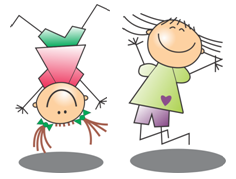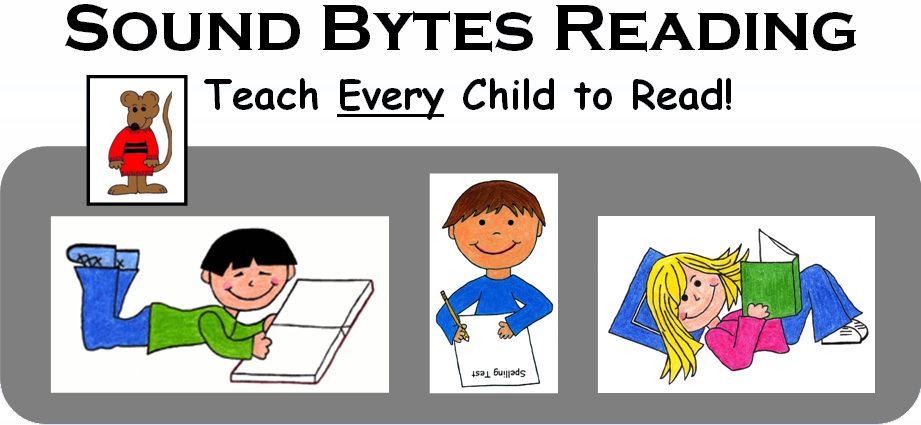12 Great Activities to Help Prepare Young Children for School

Child’s play is really child’s work. You can easily provide your children a wide variety of fun activities that will help them develop small motor coordination and finger strength and dexterity. This will also help them be well prepared for school activities. Here is a list of 12 activities that can help your older preschoolers develop their skills and prepare them for more formal learning.

- Cutting with scissors.
Cut out shapes, or cut out pictures from old magazines.
- Using a glue stick.
Paste the shapes or pictures your child has cut out to make a collage.
Make a mini themed book with pictures for counting, ABC’s, animals, or whatever.
- Tracing letters, patterns, numbers, shapes.
This activity helps young children begin to develop coordination using a pencil.
- Coloring and drawing.
This activity builds hand coordination and control using a variety of pens, pencils, crayons, and markers.
- ABC or number dot-to-dot pictures.
Children learn to follow numbers and letters in the correct order while creating a picture.
- Sequencing puzzles and simple maze puzzles.
Learning what comes first, next, and last in proper time sequence.
- Stringing beads and lace-up cards.
This activity develops eye-hand coordination. Use large beads with shoelaces for the string and supervise this activity. Do not give beads to younger children who still put objects in their mouths. This is a great activity to use when your youngest children are down for naps and you want quiet time.
- Follow a pattern to string beads. Sort beads by color, size, or shape.
This is an activity that teaches children to recognize and follow a pattern, pay attention to details, recognize what is alike and what is different, and follow directions.
- Simple puzzles.
This activity helps children learn to pay attention to color, shape, and details in a picture.
- Counting & adding numbers.
Use blocks, beads, or whatever you have. Teach children to count out a certain number of objects, then add a few more, then tell you how many total objects they have. You can introduce very simple subtraction as well—start with a number of objects, take away a few, tell how many are left.
- Clay, play dough, silly putty.
This provides creative and imaginative art fun. Playing with clay also helps children develop strength in their fingers. This will help them to grip pencils without their fingers getting tired so quickly. Some children may need to start with the softer play dough and then play with clay when their fingers are stronger. Put down an old sheet or a drop cloth first if your child will be doing this on a carpeted area.
- Playing with Legos.
This is my all time favorite activity for kids—and no, Lego didn’t pay me to say that. Building with Legos or similar toys builds coordination, creativity, math skill, sequencing, engineering skill, and helps children learn to follow directions.
